T-80: The Soviet Union’s Last Tank
September 9th, 2023
9 minute read
In today’s article, Peter Suciu takes look at the T-80 main battle tank. The last main battle tank to enter service in the Soviet Union (the T-90 would not enter service until after the USSR’s dissolution in 1991) now serves the Russian Army and several client states. In the West, we’ve seen many pictures of them captured or destroyed during the Russo-Ukrainian War, suggesting they are not the armored juggernauts some believed them to be during the late stages of the Cold War.
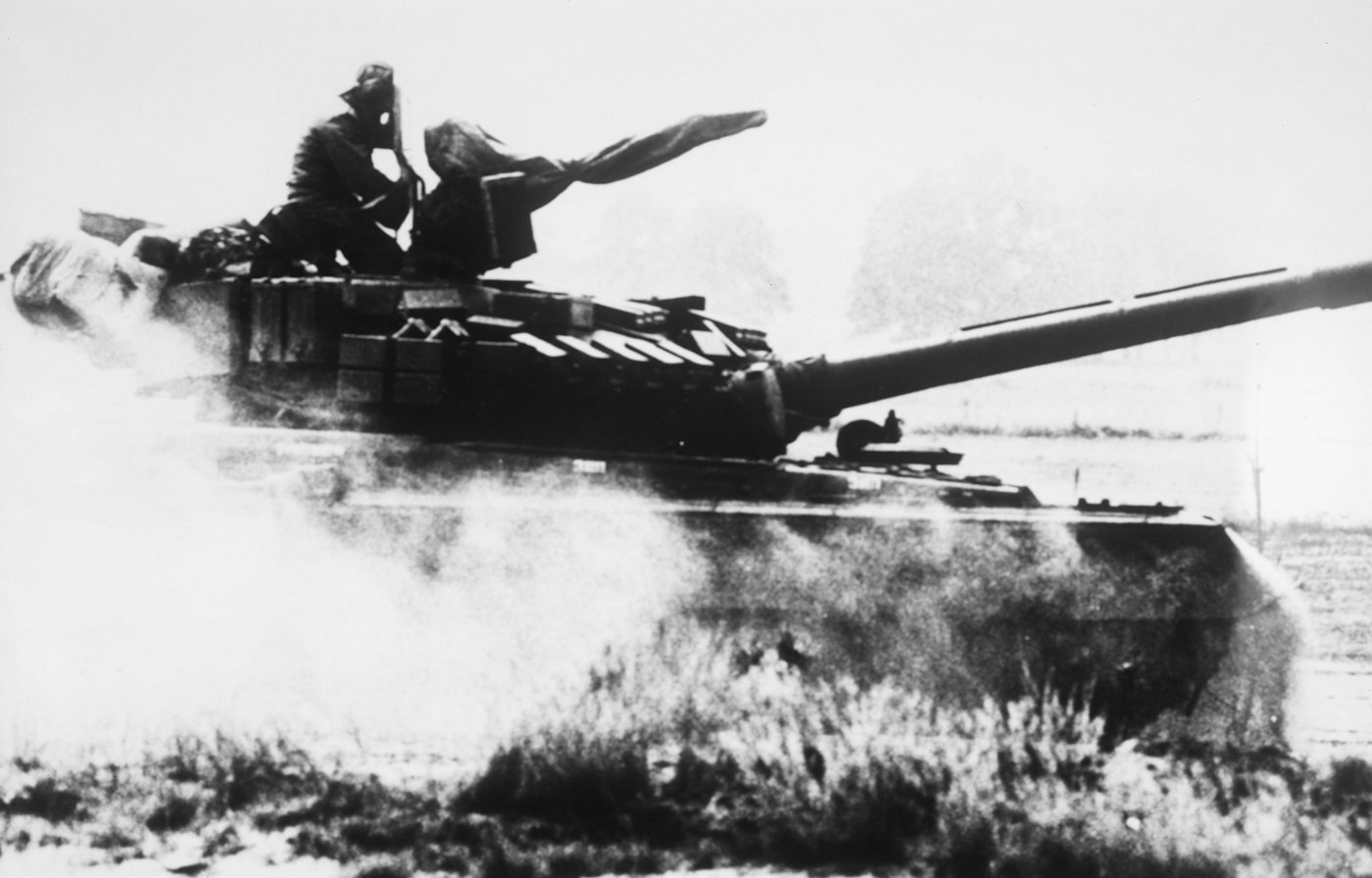
In early April, a Russian propagandist shared a video on social media that purported to show a Russian T-80BV main battle tank (MBT) operating in Ukraine. It was an interesting vehicle to see as Russia hasn’t exactly shown great confidence in that model MBT — and for good reason.
Its combat history has been marred, to say the least.
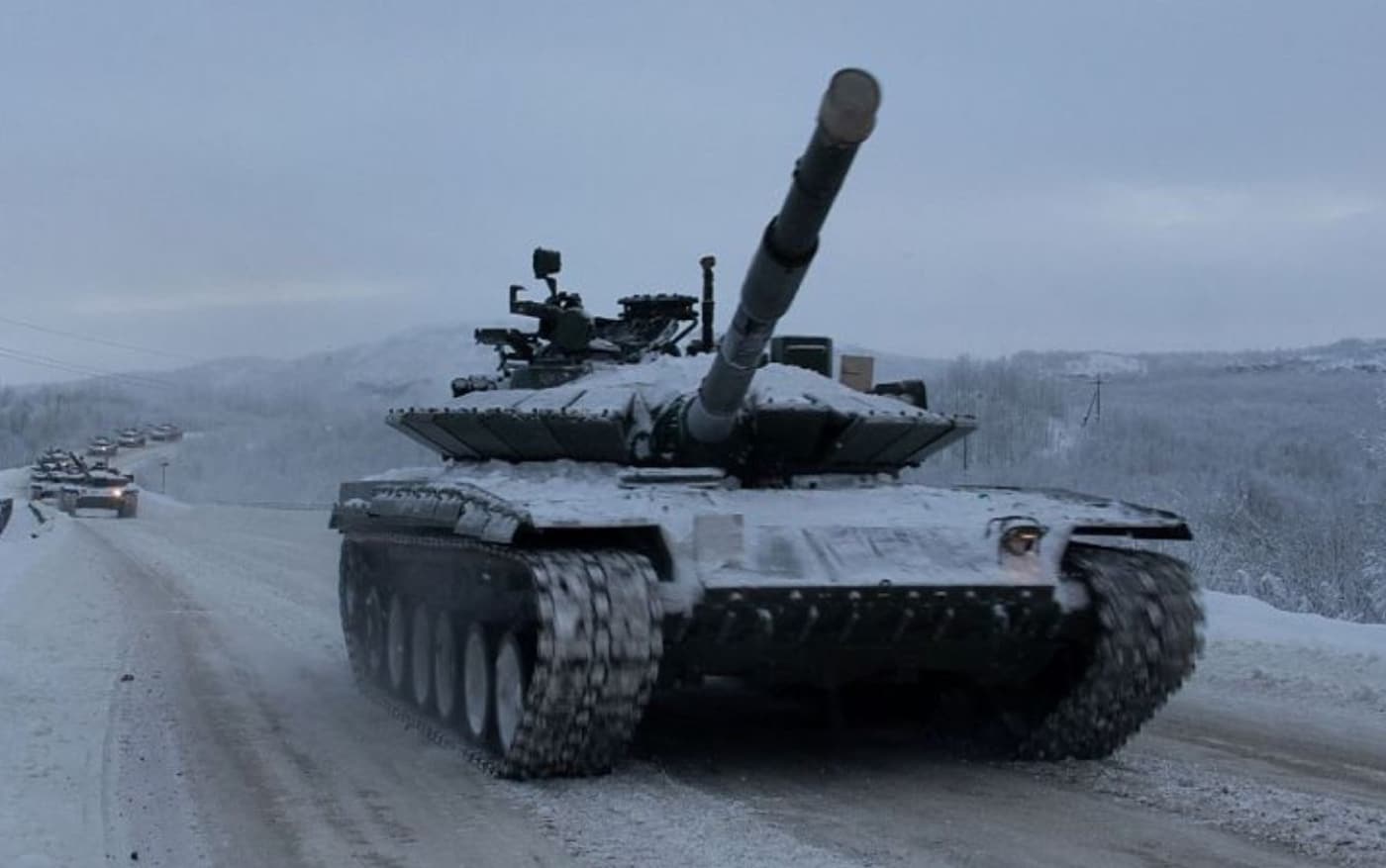
That model tank was first introduced in 1985 as an upgraded version of the original T-80 MBT that was introduced a decade earlier. Equipped with Kontakt-1 explosive reactive armor on the turret and hull, and an improved 2A46M-1 main gun with 9K11s Kobra system that allows for the firing of the late Cold War improved 9M112M Kobra ATGM (anti-tank guided-missile) ordnance, it was considered a good tank — back when Madonna was new on the music scene and when President Ronald Reagan had just been elected to a second term.
The video was no April Fool’s joke, however.
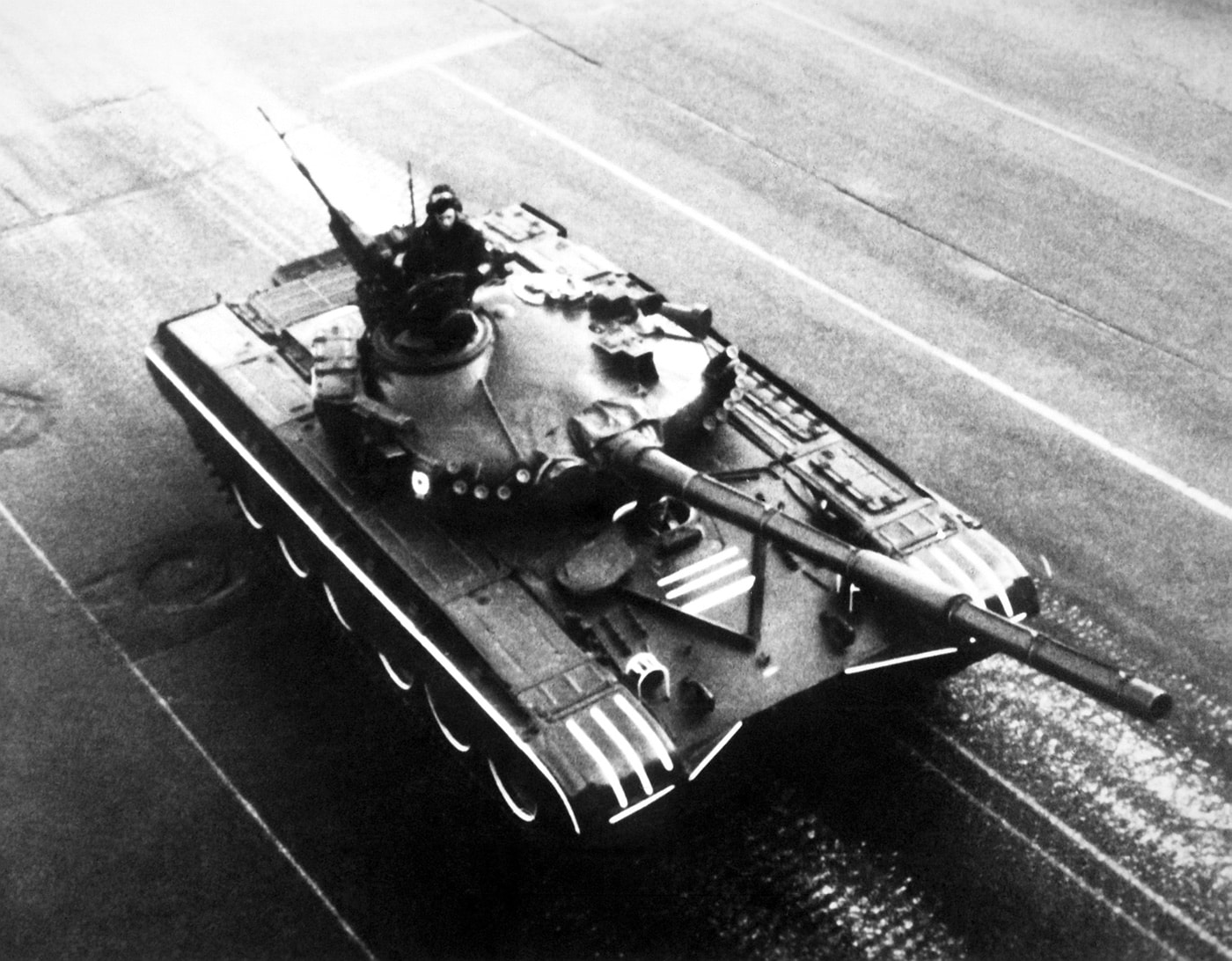
A number of T-80BVs, as well as base model T-80s and modernized T-80Bs, have reportedly been deployed to Ukraine to bolster Russian numbers as it has lost thousands of tanks since it launched its unprovoked invasion in February 2022.
[Also read: T-54/55 Tanks Go Back to War.]
Prior to the invasion, the Kremlin had approximately 480 T-80s of all models in active service, according to open-source intelligence. Some 3,000 additional tanks were in storage and are now being updated, and could soon be sent to Ukraine.
The T-64 Derivative
A question that could be asked is why Russia, which inherited thousands of the T-80s following the dissolution of the Soviet Union, would have the MBTs in storage while it sent the T-72 MBT into battle. Even those who regularly follow global military affairs could be confused about why a newer tank model would be in mothballs while older vehicles remained in service.
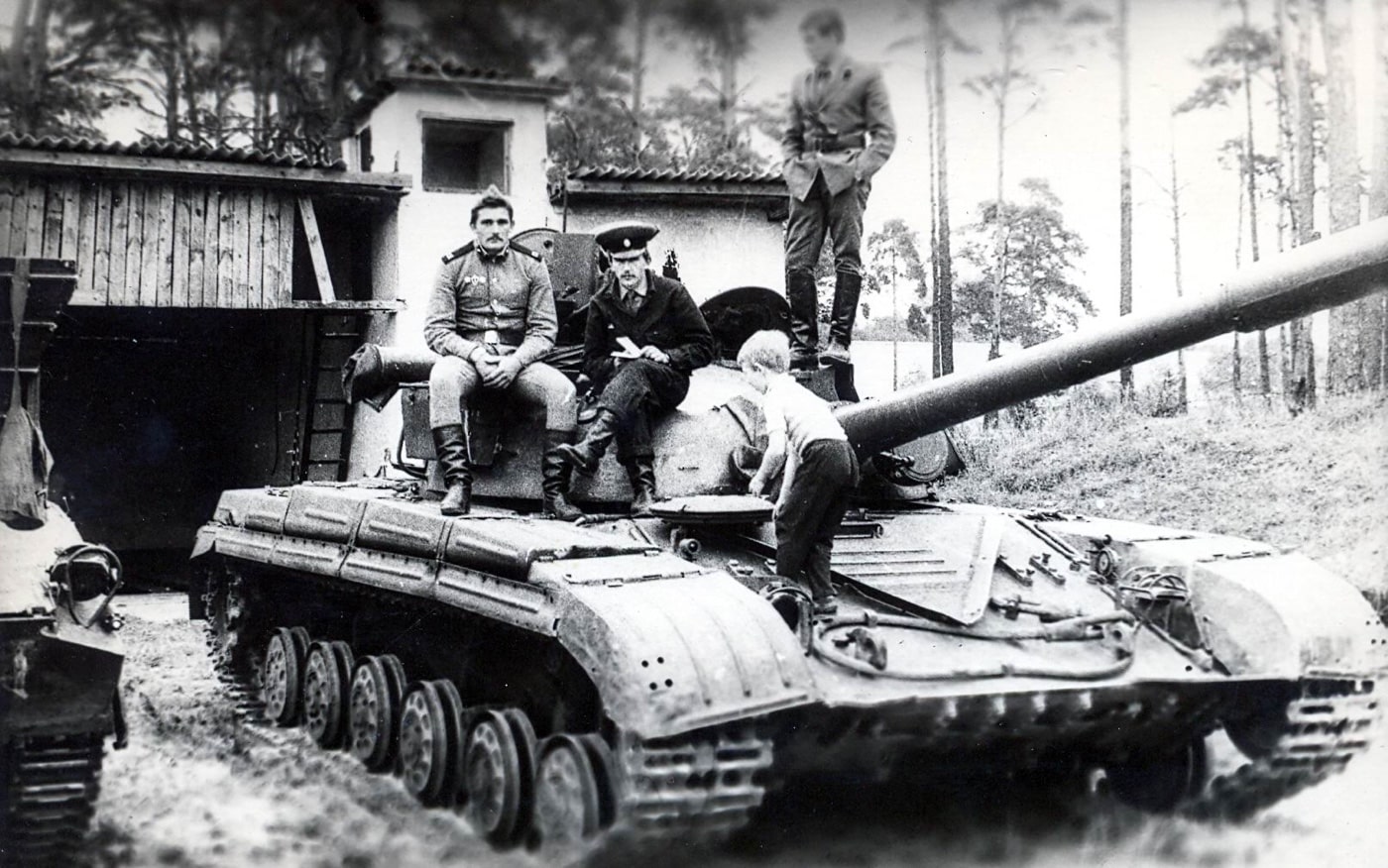
The short answer is that the T-80 — which was the last tank developed in the Soviet Union — was actually a derivative of the T-64, while also incorporating a number of features from the T-72. The T-80 was an evolutionary step forward, yet it was also a far more complex tank to produce, operate and maintain. It was a more sophisticated vehicle for the era, and it used a gas turbine engine rather than the diesel engines of the T-72.
That engine allowed it to reach speeds exceeding 70 km/h (45 mph), and it could warm up quickly, even in the dead of winter. The Soviet designers even referred to the improvement T-80B as the “The Tank of the English Channel,” as they envisioned that it could roll through Germany and make it to the English Channel in five days.
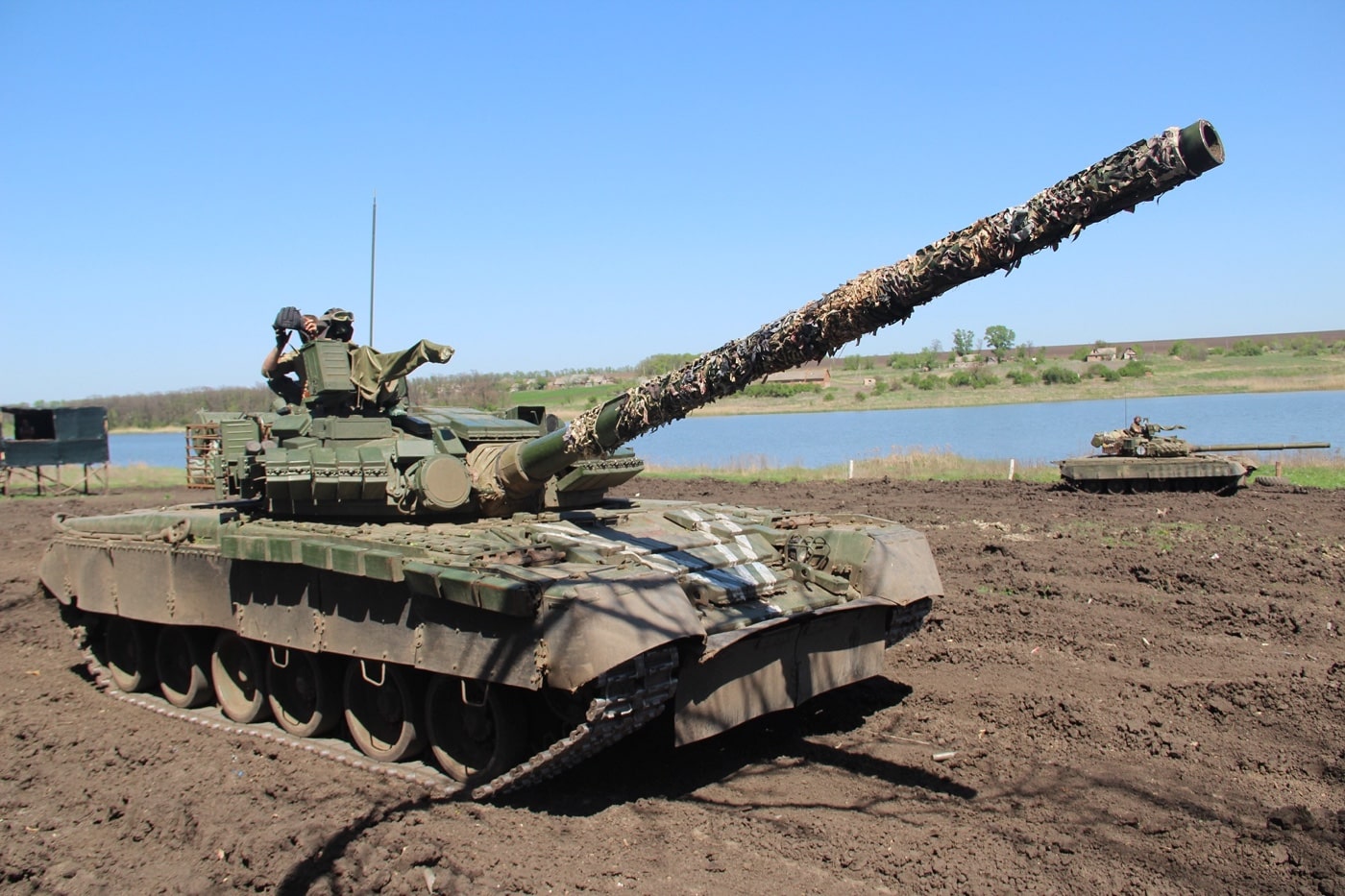
The T-80B may have even been the Soviet Army’s best tank for a while, but it was also very much a tank that needed to be refined and perfected. The T-72 by contrast has been seen as a platform that has been so steadily upgraded that it remains a viable MBT five decades after it entered service. To put it another way, the T-72 is much like the United States Air Force’s B-52 Stratofortress — which first entered service in the 1950s and which will likely remain in service until the 2050s. The long-range bomber was flying long before the B-1 Lancer or B-2 Spirit and will remain in service long after each of those platforms are retired in the coming decade. The T-80 is thus much like the B-1. It was both a move forward, but not entirely the right tool for the job.
T-80 Issues
It may have been speedy, but the T-80 was expensive to produce — roughly twice the cost of the T-72 — while the engines were far more vulnerable to dirt and dust than the diesel-powered T-72’s engines. The biggest issue was that the T-80 consumed fuel at a disturbing rate. Even if it met little resistance against NATO forces while driving across Germany in a conflict, it is quite doubtful that the Soviets could have kept it supplied with fuel. One can only imagine that the Soviet Army’s T-80Bs would need to pull up to every service station along the Autobahn!
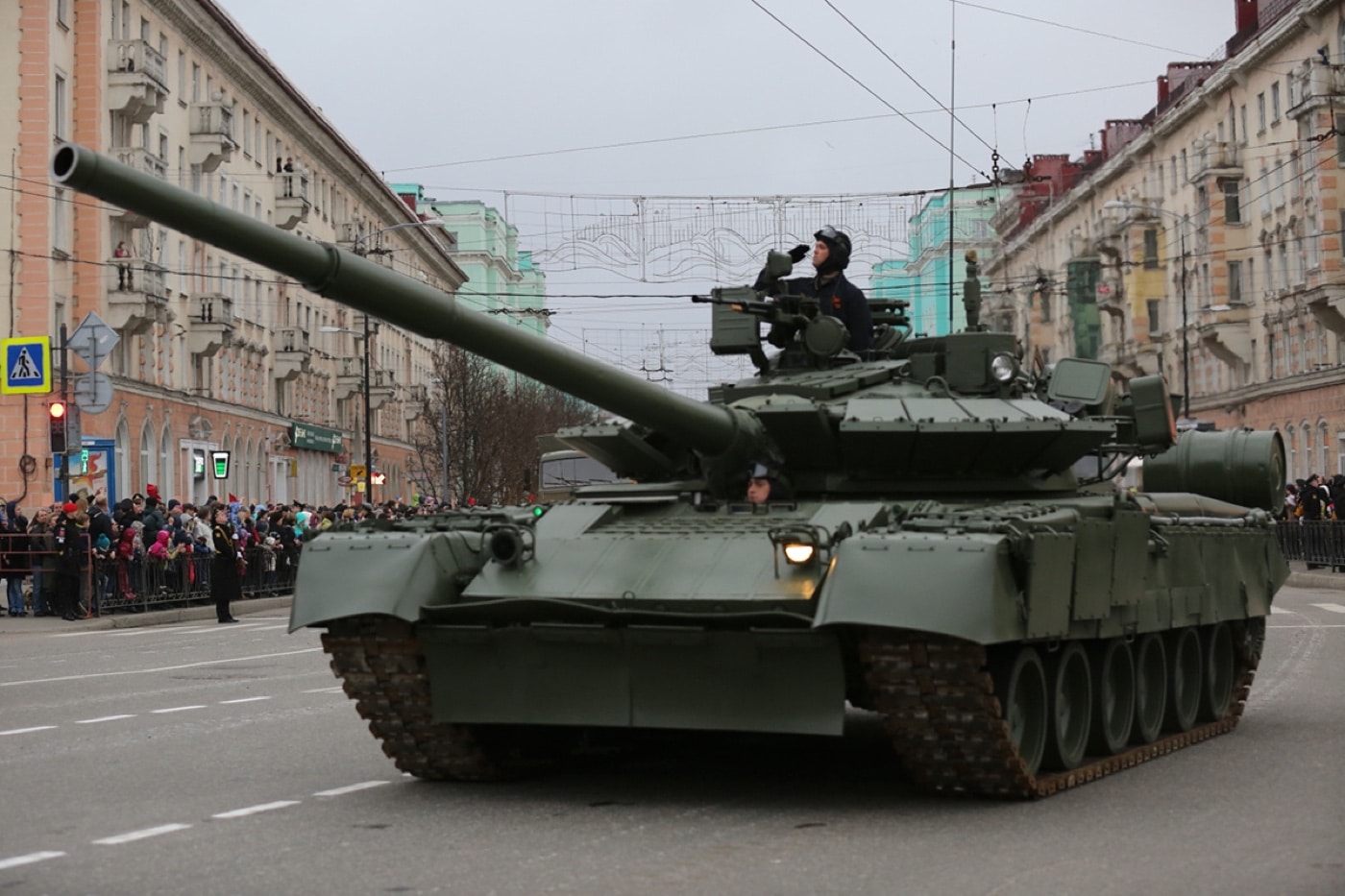
Another problem is that while externally similar and offering broadly similar capabilities, the T-64, T-72, and T-80 are still essentially different tank models. The differences created operational and logistic problems for the Soviet military in the 1980s.
[Be sure to read: Russian T-72: Most Destroyed Modern Tank in History?]
None of the major components are interchangeable. Supporting three distinct tanks isn’t easy for a nation in the best of times, and the so-called decade of excess was hardly good times for the Soviet Union — which was dying on the inside while being involved in a military quagmire in Afghanistan.
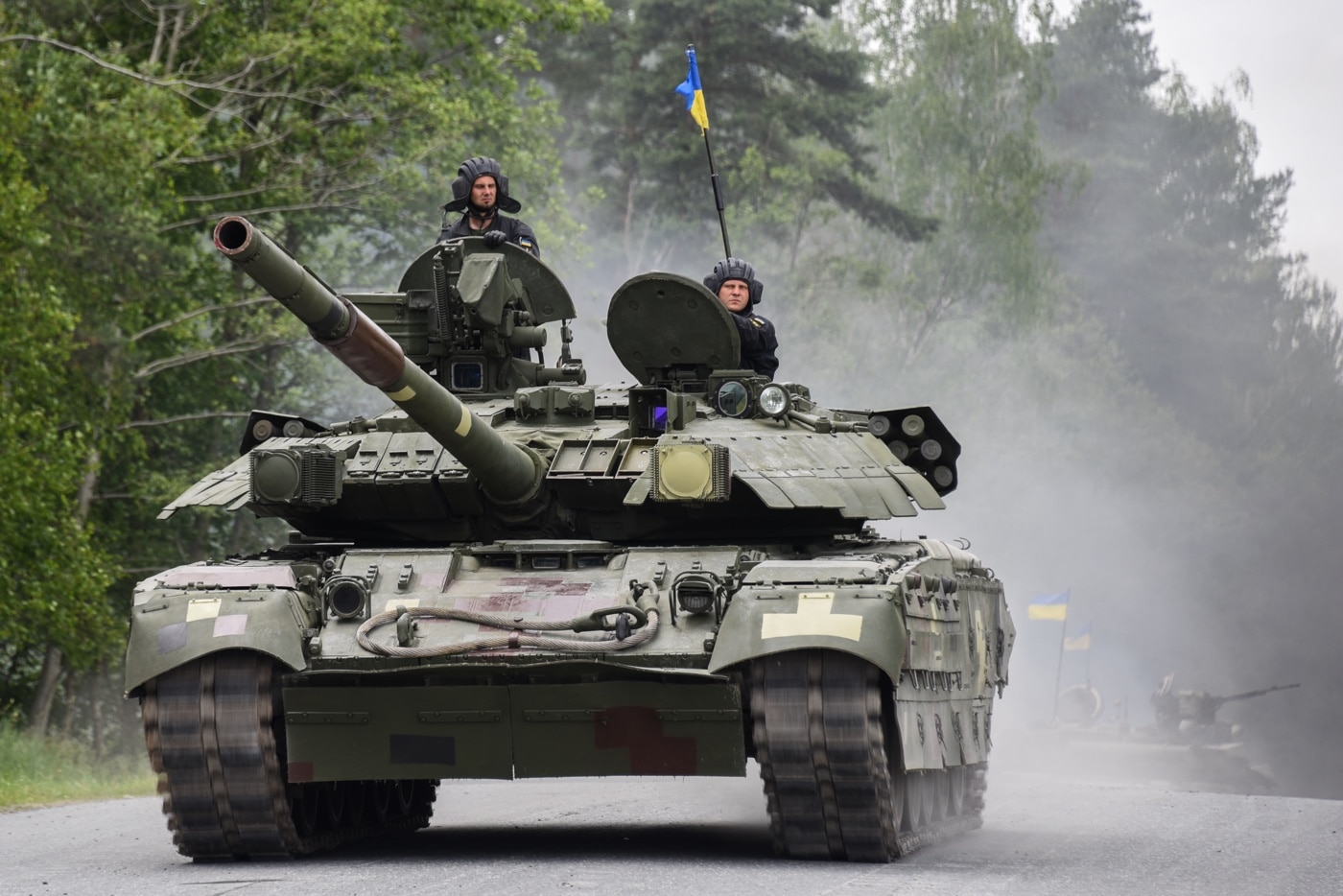
Interestingly, a T-80U variant of the design continued to be produced in Kharkov (now Kharkiv) in Ukraine, which was home to what was regarded at the time as the premier Soviet tank factory. Following the dissolution of the Soviet Union in late 1991, production of the T-80UD in Ukraine became separated from that of tanks being developed and manufactured in the Russian Federation and evolved into the T-84.
Russia’s T-80s
Even as the Ukrainian military sought to perfect the T-80/T-84, Moscow went in another direction. After the collapse of the Soviet Union, the Russian military had larger numbers of T-72s — many that had already been modernized — so it made sense to focus on those and to put the T-80s on the shelf. The fact that Russia went on to develop the T-90 further meant that the T-80 became the black sheep of the Kremlin’s MBT family. It also didn’t help matters that the T-80B/T-80BV didn’t exactly live up to the expectations when it was employed in combat in the First Chechen War (1994-96).
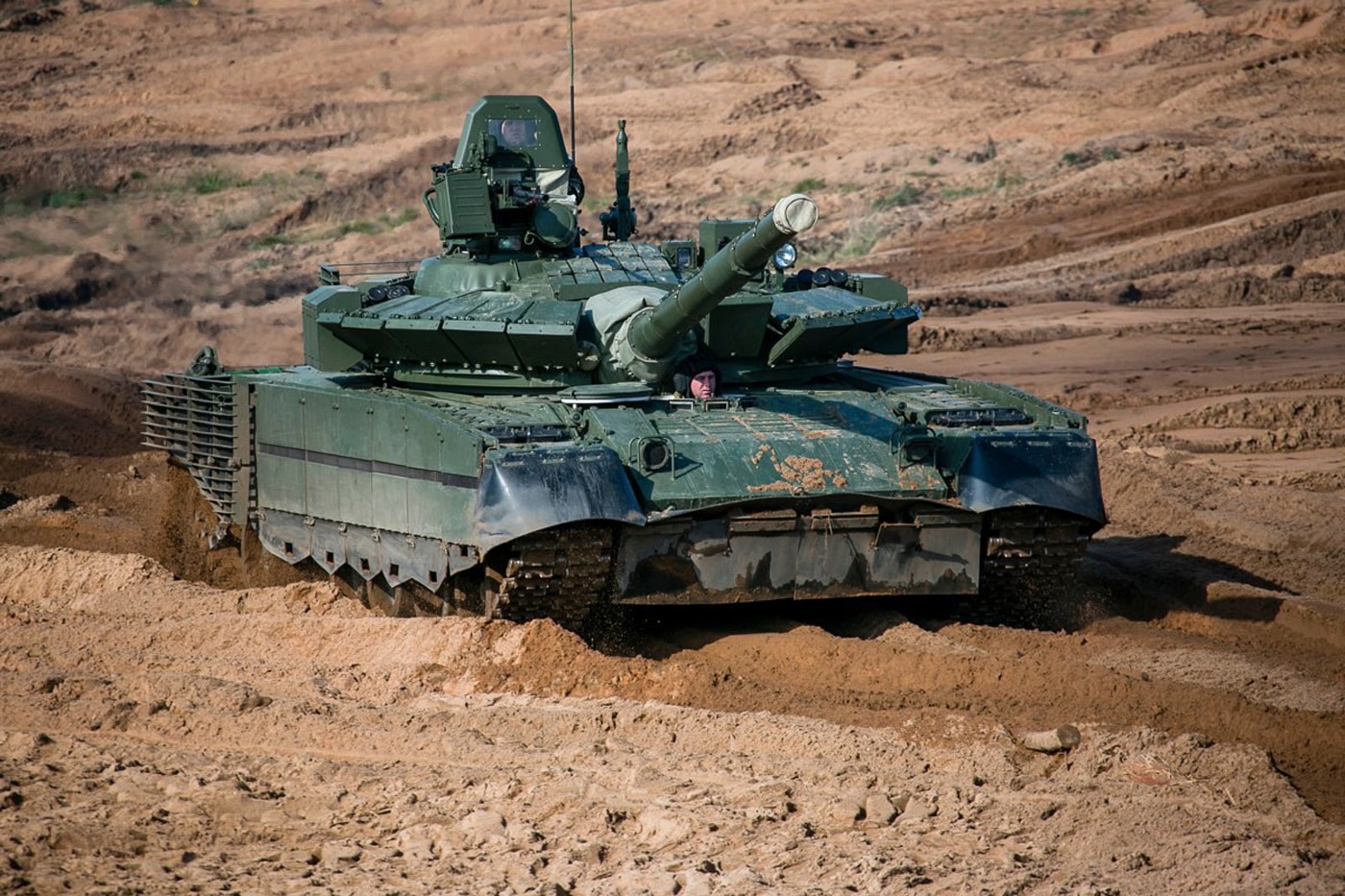
Large numbers of the T-80 fell victim to attacks by Chechen rebels armed with RPG-7 and RPG-18 rocket-propelled grenades and other anti-tank weapons. In fairness to the T-80’s design, it was as much a reflection of the poor training of the crews and the tactics employed as the actual tanks. The tankers had been poorly trained in urban warfare, a martial art not seriously practiced since the Soviet Red Army took Berlin in 1945 at the end of the Second World War.
Even lessons in Budapest in 1956 were long forgotten.
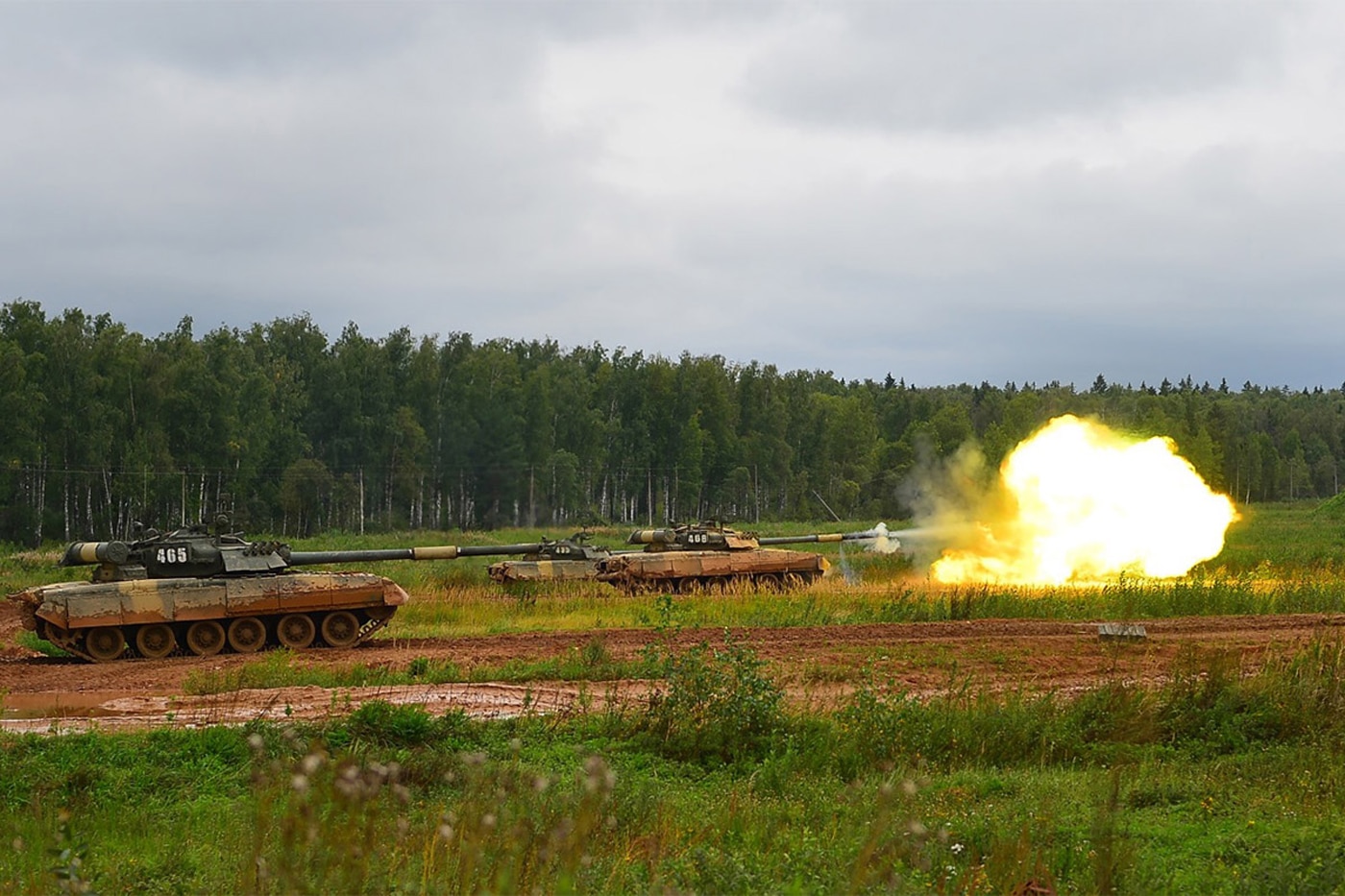
“While the T-80 was the last and pinnacle of Soviet tank design, its combat record hasn’t been impressive,” explained military vehicle historian John Adams-Graf, editor of History in Motion, the publication of the Military Vehicle Preservation Society. “When deployed during the Chechen War of 1994, Chechens rebels soon discovered the tank’s major weakness: The T-80’s Korzhina autoloader stored ready propellant in a vertical position — the only real protection being partially behind the tank’s road wheels. An RPG striking the T-80 on the side above the road wheels was likely to set off a chain explosion, resulting in a lot of T-80 turrets separated from their bodies. While this has been addressed with more reactive side armor, the design remains the Achilles’ heel of the T-80. During the Battle of Grozny in December 1994, Russia lost 18 of the 84 T-80 tanks engaged.”
Another problem was also apparent across the T-64, T-72, T-80, and even the newer T-90 MBTs — namely that the limited up-and-down movement of the main guns proved to be a major handicap in the urban fighting in Grozny. There is some irony, too, that many of the Chechens were also Soviet Army veterans who had engaged in counterinsurgency warfare in Afghanistan, while the Russian Army’s conscripts were having their baptism of fire.
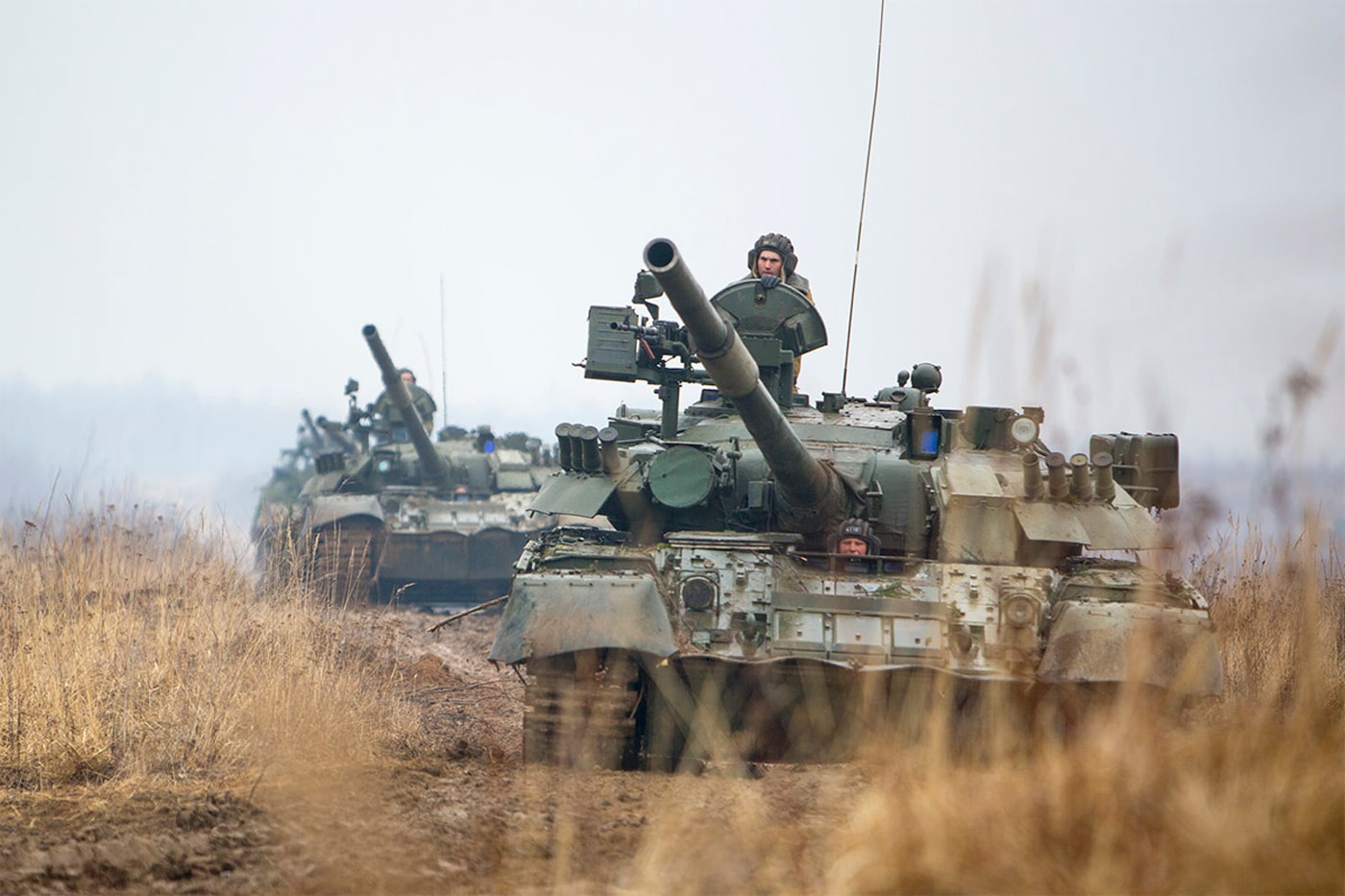
Many of the T-80s that were sent also lacked reactive armor, which made them all the more susceptible to man-portable anti-tank weapons.
“Despite the armor deficiency, the biggest concern with fielding the T-80 is that it is a very gas-hungry vehicle,” said Adams-Graf. “Designed to be fast, an SG-1000 gas turbine engine propelled the T-80B. Because the tank had no auxiliary power unit, the engine used almost as much fuel idling as when it was running. Prior to the Battle of Grozny, many tank crews exhausted their fuel while waiting to make the assault.”
Later versions of the T-80 were fitted with the GTD-1250 gas turbine engine that can use jet fuels, diesel, and low-octane gasoline — yet, the heavy consumption remained a factor.
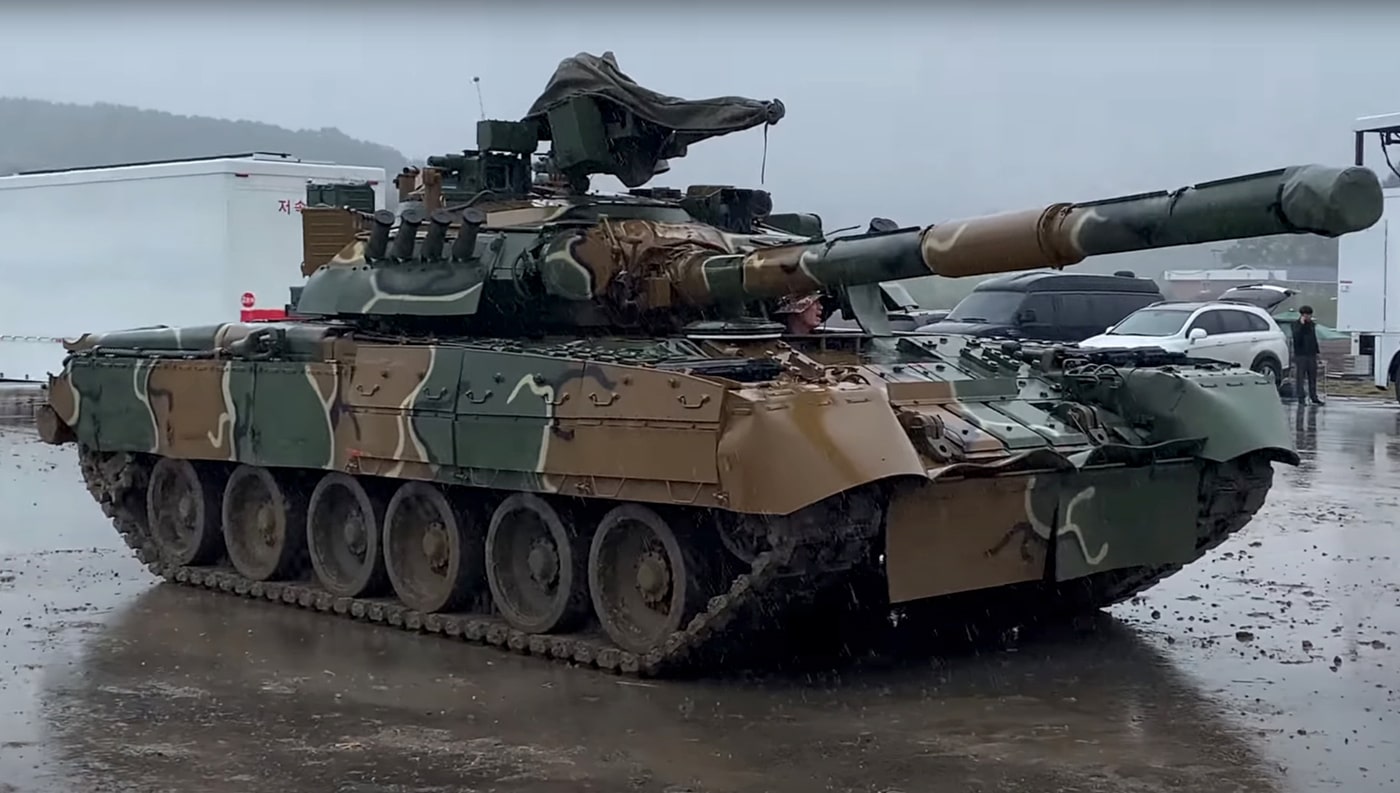
Following the galling performance in the First Chechen War, along with the monetary cost of operating and servicing the tanks, the T-80 was not deployed in the Second Chechen War in 1999 or the 2008 Russo-Georgian conflict. Moreover, the T-80 was largely kept on the sidelines during the Russo-Ukrainian War until recently.
Facing Reality
Desperate times call for desperate measures. That explains why the T-80 is again being deployed in combat operations.
“Perhaps the most interesting aspect of Russia deploying the T-80 in the current fighting in Ukraine is the fact that their opponents are intimately familiar with the vehicle: the Morozov Bureau in Ukraine developed its T-80 variant beginning in 1987. While powered by a much more efficient diesel engine, the Ukrainian-built T-80UD shared a lot of the same components as its Russian sibling,” added Adams-Graf.
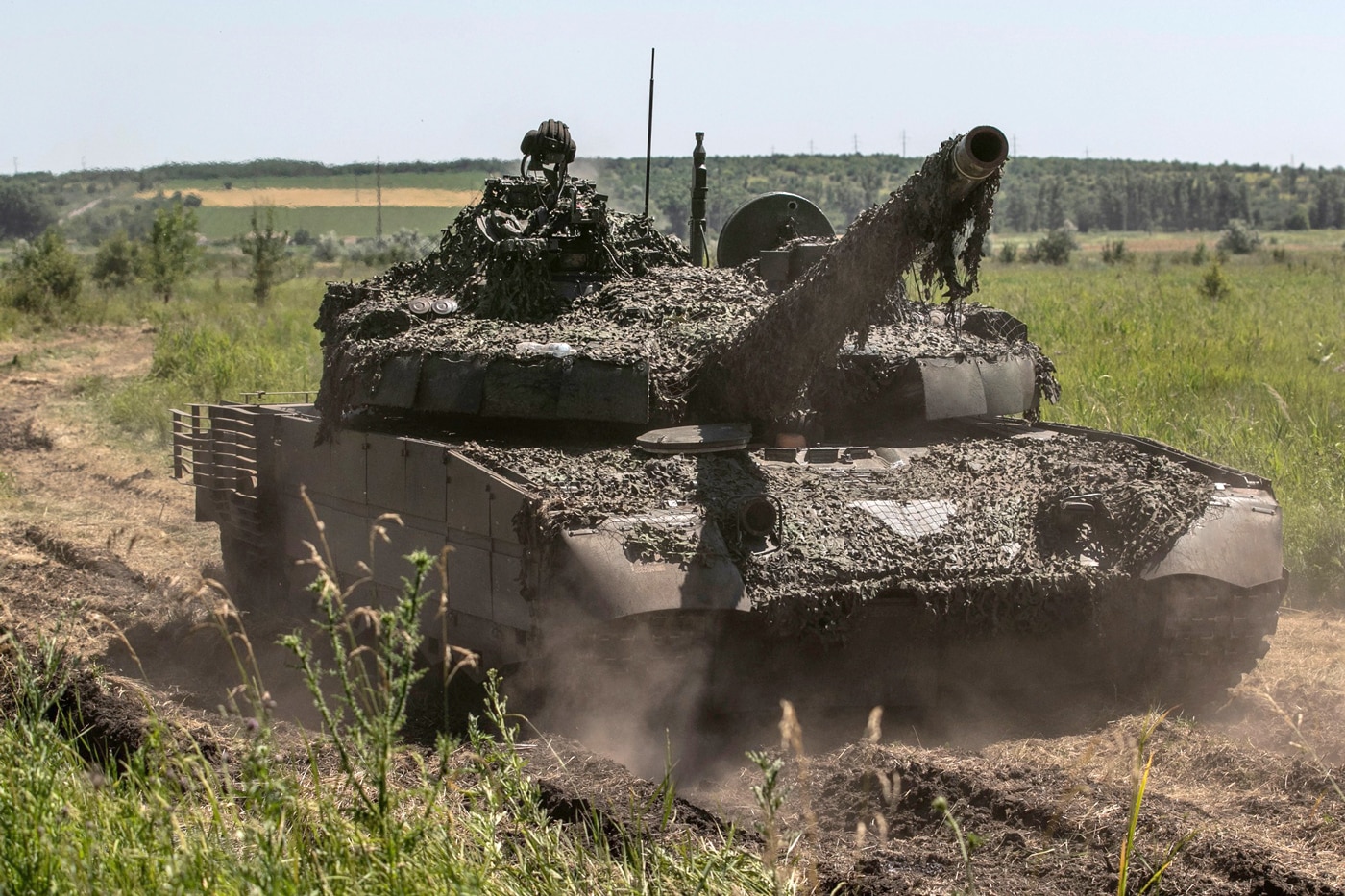
“The Malyshev plant in Kharkiv built about 500 T-80UD between 1987 and 1991. When the Soviet Union dissolved, about 350 were still at the Ukrainian factory and were used to equip the new Ukrainian Army,” he continued. “When retired around 2005, 271 were still in Ukrainian service. After the Russian invasion, Ukraine’s Airborne forces refurbished up to 100 of the tanks. By 2022, most Ukrainian airborne regiments fielded an independent company of T-80 tanks.”
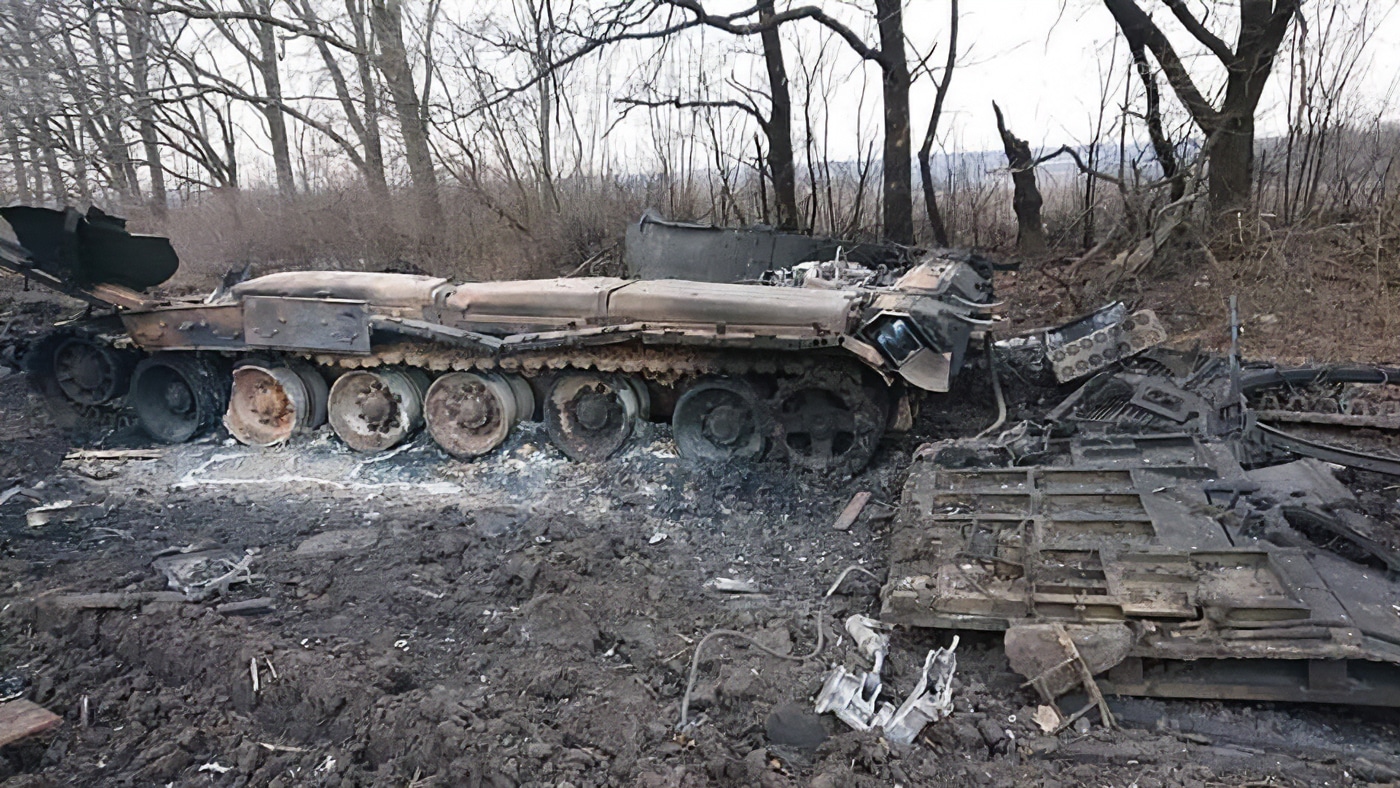
The T-80 hasn’t proved itself in battle, but its legacy could still be reformed.
“In his Art of War, Sun Tzu advised, ‘Know thy self, know thy enemy. A thousand battles, a thousand victories,’” said Adams-Graf. “In the case of the T-80, Ukraine knows its enemy. Time will tell if they realize their victories.”
Editor’s Note: Please be sure to check out The Armory Life Forum, where you can comment about our daily articles, as well as just talk guns and gear. Click the “Go To Forum Thread” link below to jump in and discuss this article and much more!
Join the Discussion
Continue Reading
Did you enjoy this article?

 73
73






